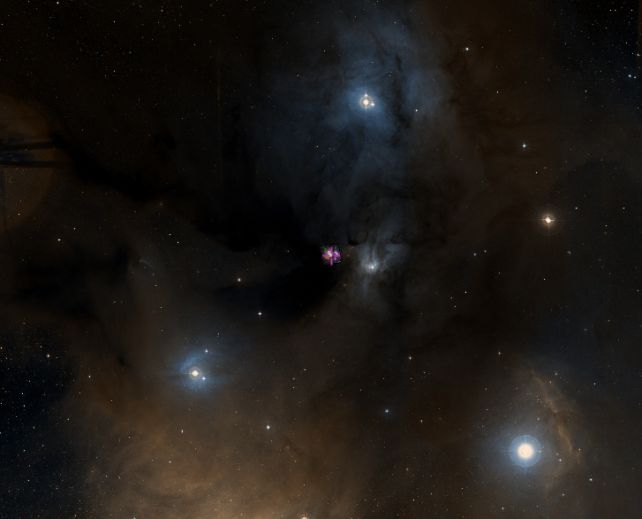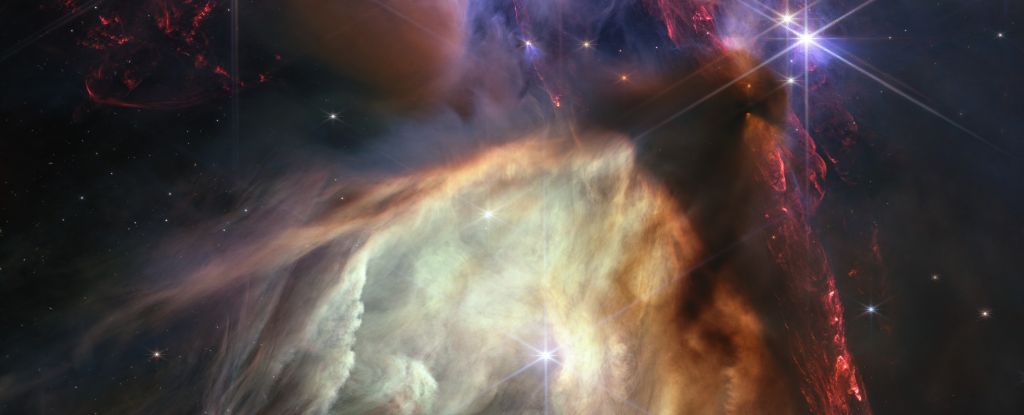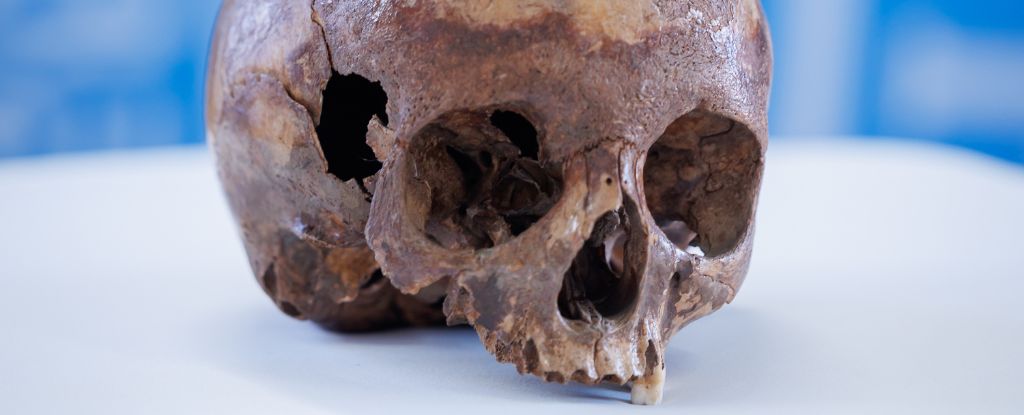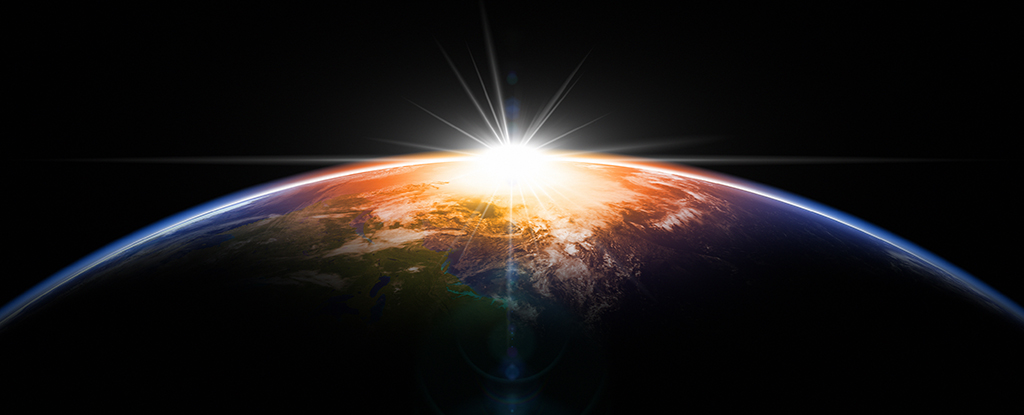A stunning new image from the James Webb Space Telescope reveals a glittering trove of baby stars hidden in the dense dust of their nursery.
To celebrate first successful year of operations, the JWST has its honeycomb eye on the Rho Ophiuchi cloud complex It’s about 390 light-years away, peering through the dense envelope at the bright star formation happening within.
That’s one of the things that really sets the telescope apart infrared vision Detecting the long wavelengths of light that can travel through dust clouds to show us sights the human eye could never see unaided.
“Webb’s image of Rho Ophiuchi allows us to experience a very brief period in the stellar life cycle with new clarity.” says the astronomer Klaus Pontoppidan of the Space Telescope Science Institute.
“Our own Sun experienced such a phase long ago, and now we have the technology to see the beginning of another star’s story.”
Although there aren’t exactly that many stars in the Milky Way, there are up to 10 stars relatively lazy Worth 8 solar masses of new stars per year – there is still life in the old. Regions where stars form are named excellent nurseries, and historically they have been quite difficult to study. That’s because stars form from dense clumps in clouds of dust and gas that accumulate enough mass to create the core pressure and heat needed to ignite fusion.
All that dust and gas prevents most wavelengths of light from escaping, forcing it to scatter on the particle mix in the cloud. An exception is infrared light; and, like that most powerful infrared telescope The JWST ever built is helping to demystify the star-forming process.
You can see just how dense and impenetrable these clouds can be in an optical image of the Rho Ophiuchi cloud complex compiled from data from the Digitized Sky Survey 2. In comparison, the JWST image shows a dynamic, intricate region of space that glows brightly in infrared light Jets of newborn stars Hit the dust and make room.

The new image shows a region containing 50 stars the size of the Sun or smaller.
“The darkest areas are the densest, where thick dust forms cocoons that still form protostars. Huge red bipolar jets of molecular hydrogen dominate the image, appearing horizontally in the top third and vertically on the right.” explains the ESA in a statement.
“These form when a star first breaks through its original shell of cosmic dust, launching two opposing jets into space. In contrast, the star S1 has formed a glowing dust cavity in the lower half of the image. This is so. The only star in the image that is significantly more massive than the Sun.
frameborder=”0″allow=”accelerometer; auto play; clipboard writing; encrypted media; Gyroscope; picture in picture; web share”allowfullscreen>
The JWST has already changed the way we see the universe. Out of our own solar systemto the broader Milky Way And outside offor the the furthest reaches of space and timethere has never been a better time to look forward to heaven.
You can download wallpaper size versions of the new image on the ESA website.




